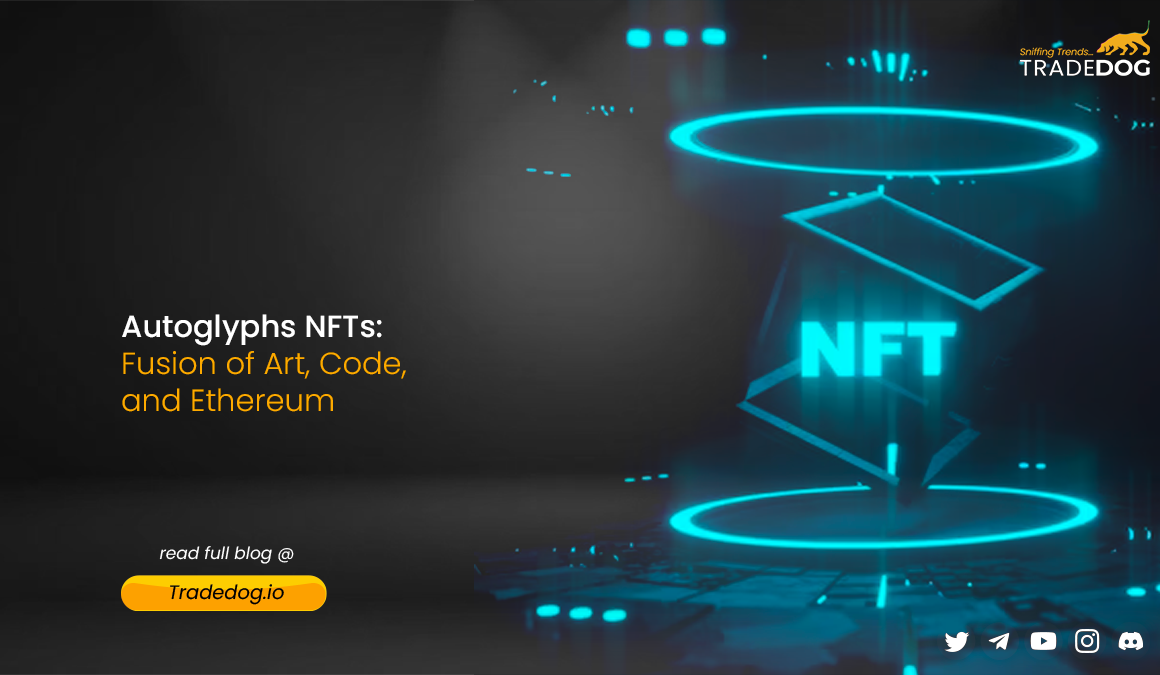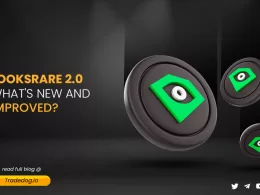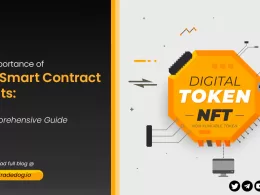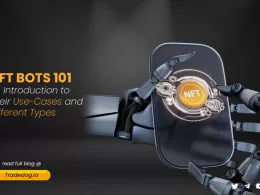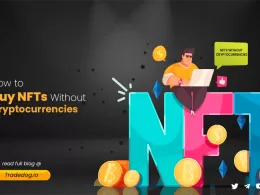Quick Links
In the ever-evolving world of digital art and blockchain technology, a groundbreaking project has emerged, captivating the imagination of collectors and tech enthusiasts alike. Autoglyphs, a collection of 512 unique digital artworks, stands at the forefront of this innovation, redefining the boundaries between technology, art, and ownership. Created by Larva Labs, the masterminds behind the famous CryptoPunks, Autoglyphs are more than just digital images—they are a fusion of art and algorithm, each piece a unique creation born from the complex interplay of code and creativity. This blog delves into the fascinating world of Autoglyphs, exploring their creation, significance, and the remarkable technology behind them, making them one of the most sought-after NFT collections in the digital realm
What is Autoglyphs NFT?
Picture a digital world where each piece of art is one-of-a-kind, like a snowflake, and can only belong to one person at a time. That’s the essence of Autoglyphs. These are 512 digital artworks, but they’re not your usual pictures or paintings. Instead, think of them as sophisticated text (ASCII) designs created not by a human artist but by a clever computer program. Each piece of this digital art collection is stored as an NFT (Non-Fungible Token) on the Ethereum blockchain, a high-tech ledger that keeps track of who owns what in the digital world. This method of storing art is revolutionary because it ensures that each piece is unique and cannot be replicated or stolen, making it very valuable and unique.
Who is behind NFT Autoglyphs?
The creators of Autoglyphs are John Watkinson and Matt Hall, two Canadian tech enthusiasts and founders of Larva Labs. They are pioneers in the digital art and NFT space, having previously created the famous CryptoPunks project, which took the digital art world by storm. Watkinson and Hall are passionate believers in the potential of blockchain technology to transform the world of art and collectibles. By combining their software skills with their creative vision, they have been able to push the boundaries of what’s possible in the digital art space.
How does the Autoglyph NFT work?
So, how do these Autoglyphs come to life? It’s like a computerized art factory. Autoglyphs NFTs work by using a generative algorithm stored on the Ethereum blockchain. This algorithm can produce billions of unique artworks, but for Autoglyphs, it was limited to 512 pieces. Each Autoglyph is an ASCII representation of an image generated by a compact and efficient piece of code. When an owner requests the art from the blockchain, the code produces an ASCII representation of the glyph from its code and seed, making each piece unique and stored permanently on the blockchain.
What is on-chain generative art, the concept behind Autoglyph?
On-chain generative art is a cutting-edge method of creating art directly on the blockchain using algorithms. Unlike traditional digital art, which is created off-chain (on a computer) and then uploaded, on-chain art like Autoglyphs is both created and stored on the blockchain. This method ensures the artwork is immutable, permanent, and verifiable. It’s as if the blockchain itself is the canvas and the painter, producing unique pieces of art whenever prompted. This innovative approach to art creation makes each Autoglyph not just a digital asset but a piece of blockchain history, showcasing the potential of combining technology and creativity.
Autoglyph NFT Mint Price and Floor Price
When Autoglyphs were first released, they were available for “minting” at a cost of 0.2 ETH each. This initial creation fee was donated to a charitable cause, reflecting the project’s commitment to social responsibility. However, now that all 512 Autoglyphs have been minted, they can only be purchased on the secondary market like OpenSea, similar to trading rare collectibles. The prices for these digital masterpieces vary widely, driven by their rarity and the demand among collectors. Some Autoglyphs have fetched staggering prices, with record sales reaching as high as approximately $1.58 million for a single piece. This high value reflects not only their rarity but also the unique nature and technological innovation that each Autoglyph embodies. As digital art and NFTs continue to gain popularity, the value and interest in these rare digital artifacts are expected to grow, making them highly prized possessions in the world of digital art collecting.
Conclusion
Thus, Autoglyphs are a really cool and unique type of digital art made by Larva Labs. They’re special because they were one of the first art projects to be completely created and stored on the blockchain. There are only 512 of these artworks, and no more will ever be made, which makes them super rare and valuable. Right now, if you want to buy one, it will cost at least 250 Ethereum, which is a lot of money. The creators, John Watkinson and Matt Hall, are pretty famous in the digital art world and have done some other big projects too. Autoglyphs are a big deal in the world of digital art and NFTs, showing us a new way of making and keeping art using blockchain technology.





